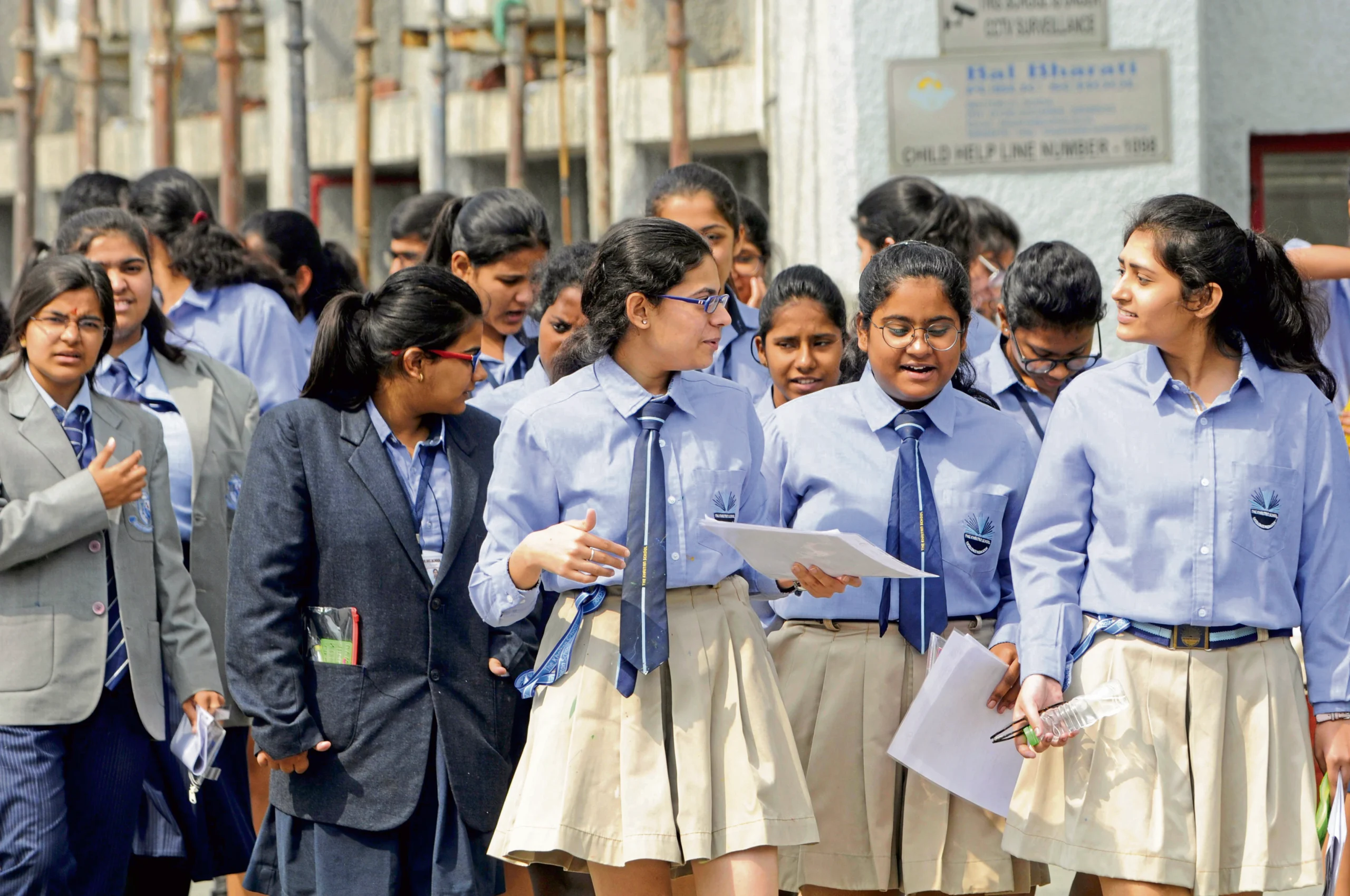INDIA: Examinations are set to take place from February 17 to July 15, with nearly 45 lakh students expected to participate across India and abroad. This large-scale testing period reflects the magnitude of India’s education system, which administers assessments for multiple boards and competitive entrance exams during the same months. The scheduling ensures that students from diverse curricula, including overseas centers, can sit for their exams within a coordinated timeframe.
According to education authorities, the extensive window allows for smooth administration and reduced logistical pressure on schools and exam centers. By staggering subjects and sessions, boards aim to accommodate the vast number of candidates while maintaining fairness and security. This approach also provides flexibility for handling contingencies such as public holidays, natural disruptions, or localized emergencies without disrupting the entire timetable.
The figure of 45 lakh students highlights both the scale and inclusivity of the Indian examination system. With centers located not only in India but also abroad, the exams serve a large diaspora of students enrolled in Indian curricula. Special measures, such as digital hall ticketing and enhanced security protocols, are being introduced to streamline processes and minimize errors, ensuring an efficient experience for all examinees.
Officials emphasize that adequate support systems, including counseling services, digital resources, and clear communication of schedules, will be provided to help students manage stress during this extended examination period. The structured rollout of exams from February to July is intended to uphold academic standards while also acknowledging the diverse needs of millions of students and families who depend on these critical assessments.



